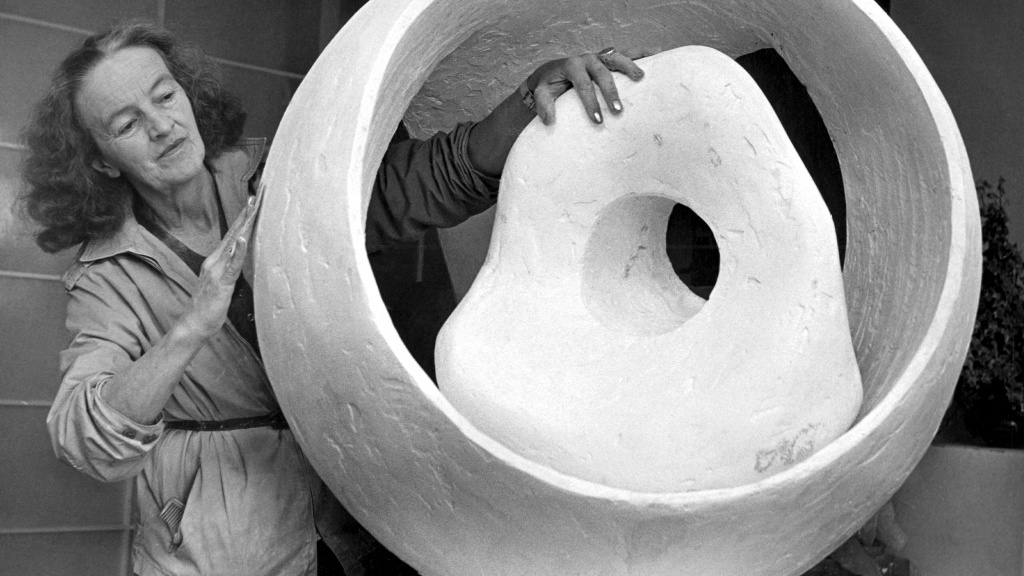Born in 1903 in Wakefield, Yorkshire, Barbara Hepworth remains one of the most influential and well-renown sculptors of the twentieth century. Hepworth’s work can be viewed in locations across the UK, such as in The Hepworth Garden in her hometown and on the main campus of the University of Leeds (the piece Dual Form is installed behind the Stage@Leeds building).
The impact Hepworth’s work has had on the British art landscape can be likened only to a few other artists of her time. The works of her contemporaries, such as Tracey Emin, Rachel Whiteread, and Anthony Caro, (all of whom are known for simple, semi-abstract pieces depicting everyday/commonplace scenes) are proof of her influence over the medium. In particular, Hepworth’s choices of materials have since been replicated by the aforementioned artists.
Hepworth’s sculptures are characterised by distinct, abstract shapes often used to depict natural subjects. Wood, stone, and metal are frequently used materials in her work, and the use of metal to represent natural imagery is a common talking point among Hepworth’s observers and critics.
Hepworth and her then husband Ben Nicholson, (who was an artist painting landscapes and still-lifes) were both members of the famous post-war “St Ives movement”, a collection of artists residing in the Cornish town of St Ives from the late 1800s.
The St Ives School, as it soon become known, was a breeding ground for progressive artistic techniques and innovation of new art mediums. Hepworth’s sculpting technique was honed during her time on the coast; her time there also accounts for much of her focus on natural imagery. Hepworth, however, credited long country drives with her father through the Pennines when she was a child as her primary source of visual inspiration.
In February of this year, one of Hepworth’s most iconic sculptures “Orpheus” will be donated to, and displayed in, the Hepworth gallery in Wakefield. The gift is being donated by Kate Ashbrook on behalf of her late aunt, Nancy Balfour, previously chair of the Contemporary Art Society and an art collector of note, as well as editor of the Economist. The sculpture, which is made of bronze mounted onto a wooden base representing Hepworth’s rare combining of metals and wood in the same piece, has been donated along with another sculpture by Denis Mitchell and a painting by William Scott; all three have been pledged to the gallery in exchange for a £124, 500 tax deduction from the UK Arts Council.
Hepworth’s legacy as an artist continues to affect the landscape of British art even today. Her identity as a Yorkshire-born artist has had a great impact on her hometown of Wakefield, drawing new attention to British sculpture work and the art produced by her native county.
Image Credit: London Art Studies

